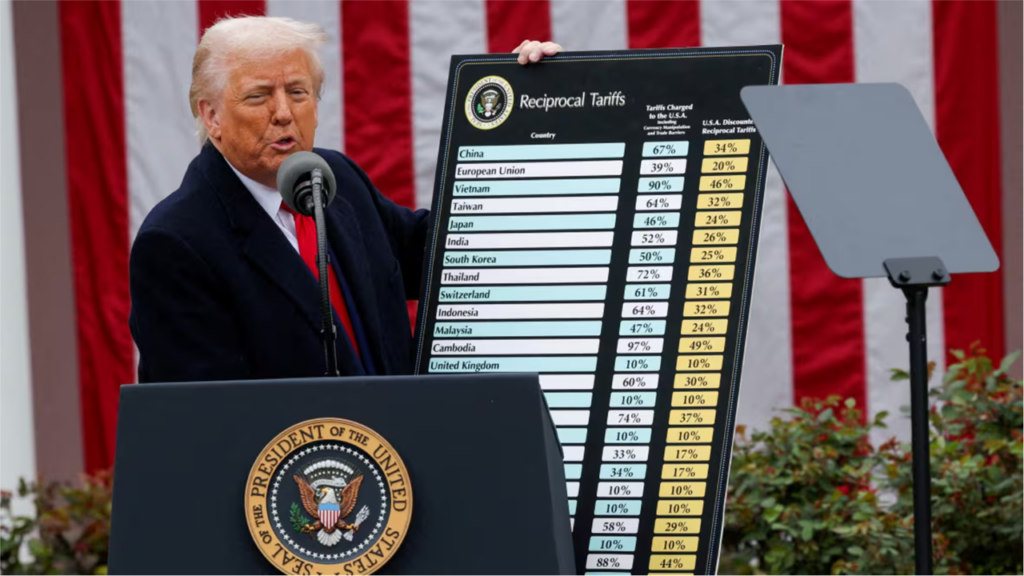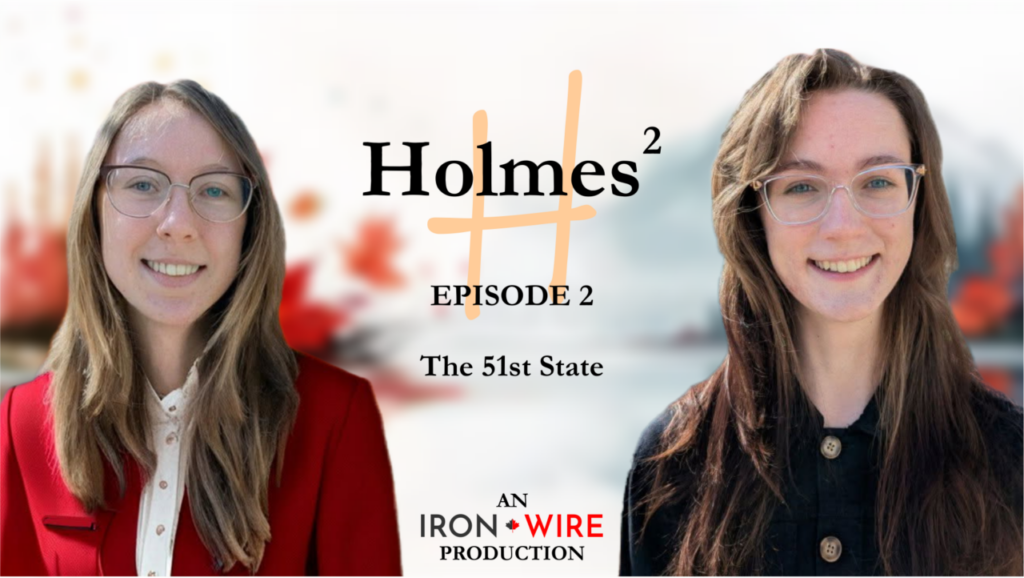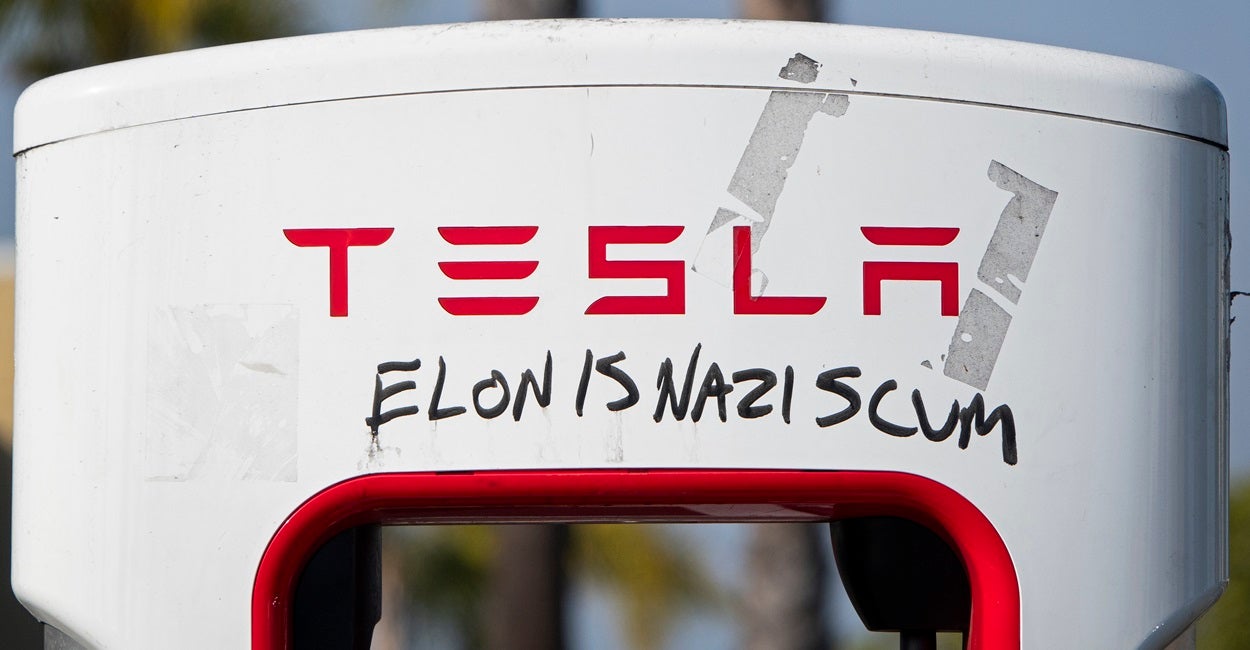Time is Running Out for Taiwan – The Daily Sceptic
The New York Times reckoned last week that “the clock is ticking” for Taiwan. That was prior to the major military manoeuvres in the South China Sea and the Taiwan Strait which has preoccupied the South China Morning Post (SCMP) this week.
While it would surely be denied, the SCMP is these days little more than a mouthpiece for the Chinese Communist Party. When I first came to Hong Kong in the early years of the century the SCMP was often openly critical of China. Owned at one time by newspaper oligarch Rupert Murdoch and then later by Malaysian tycoon Robert Kuok, it fell into mainland Chinese hands in 2016, being acquired by the powerful Hangzhou based Alibaba group. To Hong Kong watchers like me, the change in editorial tone regarding China was palpable.
Therefore, based recently in Hong Kong, I have been reading the SCMP coverage of China with interest and trying to gauge the reactions of Hong Kongers to events which are, relatively speaking, close to them. The SCMP coverage of the blockade exercise around Taiwan has been revealing. The reaction of the average Hong Konger has been one of marked indifference. Taiwan’s fate is sealed as China accelerates its takeover of and influence in the former British colony.
China has made no secret of its ambition to attain political control over Taiwan. Its exercises have become more frequent and, each time, more significant, emitting increasingly powerful signals to the Government and the people of Taiwan while simultaneously warning the West and any would-be interveners in a conflict between Taiwan and China just what they are capable of.
The exercises this week were a surprise and the deployment of China’s most advanced aircraft carrier Shandong, replete with YJ-21 hypersonic missiles and H-6K strategic bombers, was a significant show of strength. This included the use of live fire missiles.
Unrelated to the blockade exercise, the SCMP also reported on how AI was being used to improve the “combat effectiveness” of Chinese attack drones. These are considered capable of travelling 10,000 miles and the use of AI has reduced the decision time to fire (or not to fire) when potential targets are identified from 20 minutes – the time it would take a military operative to decide the legitimacy of the target – to a little over a minute and a half.
The recent drills were aimed at a strategy which would paralyse Taiwan. The Shandong carrier, advanced missiles and long-range drones mean that a blockade can be conducted at a relatively safe distance from the island of Taiwan. Getting too close by sea risks Chinese vessels and loss of life due to the release by Taiwan of undersea mines some of which are ‘smart’ in the sense that they can be remotely programmed to damage specific types of Chinese vessels.
This cannot be a comfortable time to live in Taiwan. The Chinese exercises involve flying in formation, with live weapons, towards strategic parts of the Taiwan coast. Presumably Taiwanese citizens in these areas can see and hear the aircraft and must be aware that, one of these times, it may not be an exercise.
Estimates suggest that that Taiwan could resist a blockade of the island for up to a year and, without external assistance, a military onslaught by China for up to 90 days. Of course, while Taiwan could be brought to its knees economically and possibly largely destroyed during military action, the adage of ‘boots on the ground’ applies if any initiative is going to succeed in bringing Taiwan into the Chinese fold.
While it has been taken before, famously by the Japanese in 1895, only leaving after being defeated in World War II in 1944, Taiwan would be very difficult to take and hold for any modern military power. Some of that is because Taiwan is reasonably militarised and well-equipped, the undersea mines being an example.
But, while reasonably flat in its western region where the main cities are located, the island is very mountainous, making landing troops or aircraft anywhere other than the well-defended western region very hard. Moreover, the interior of Taiwan, as any visitor to the Taroko National Park will attest, is largely impenetrable and snake-infested jungle which would probably be easier to defend than to attack.
I have met the current President of Taiwan, Lai Ching-te, and only quite recently while he was still Vice-President. He is a mild-mannered man, a distinguished medic from National Taiwan University and a committed Roman Catholic. I note how he has aged considerably since taking office and I wonder if he would now rather be back in his clinics rather than have to take a decision which could determine the fate of his country. It is obvious, as the New York Times says, that for Taiwan the clock is most certainly ticking.
John MacNab teaches at a university in Hong Kong.










